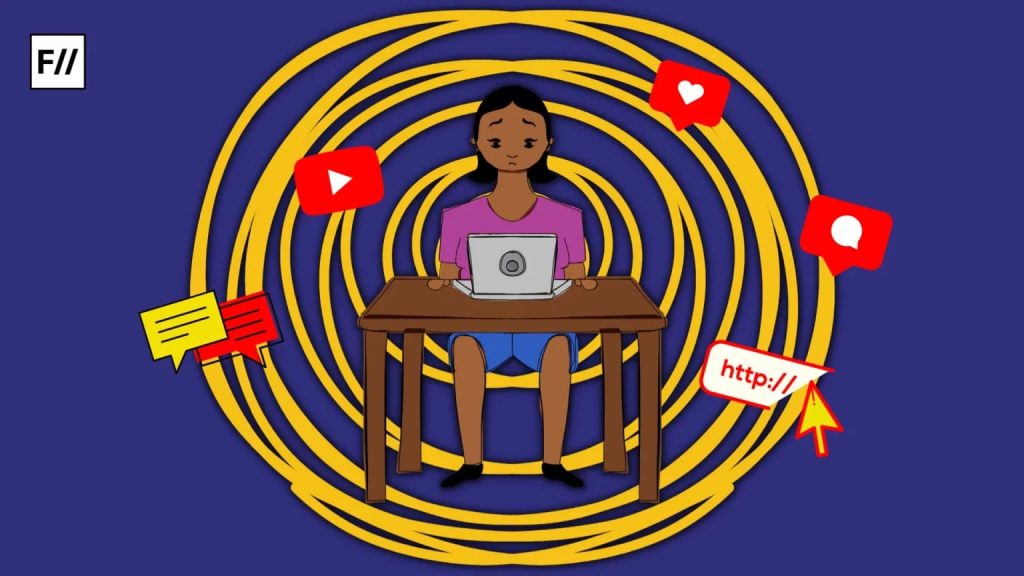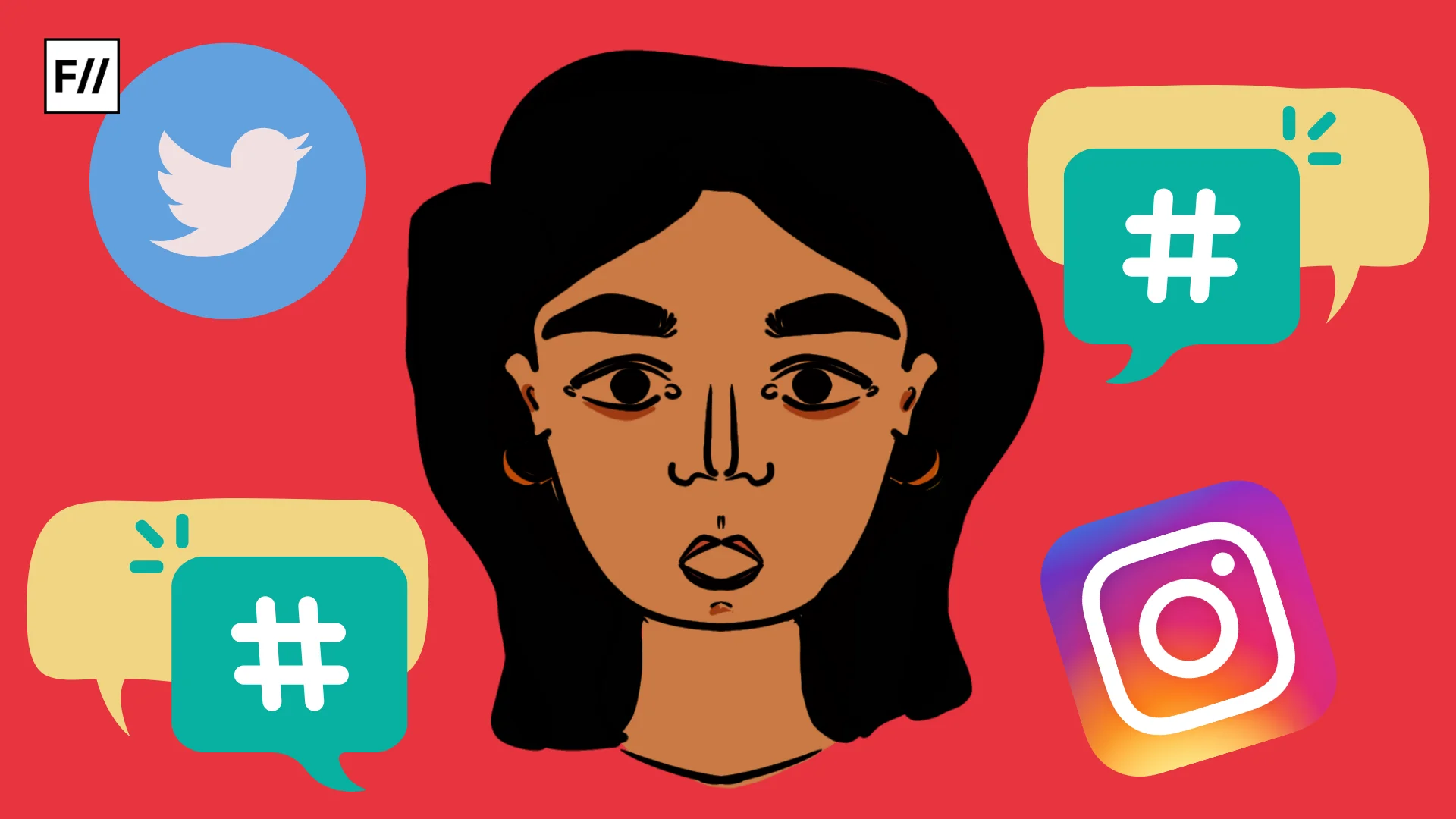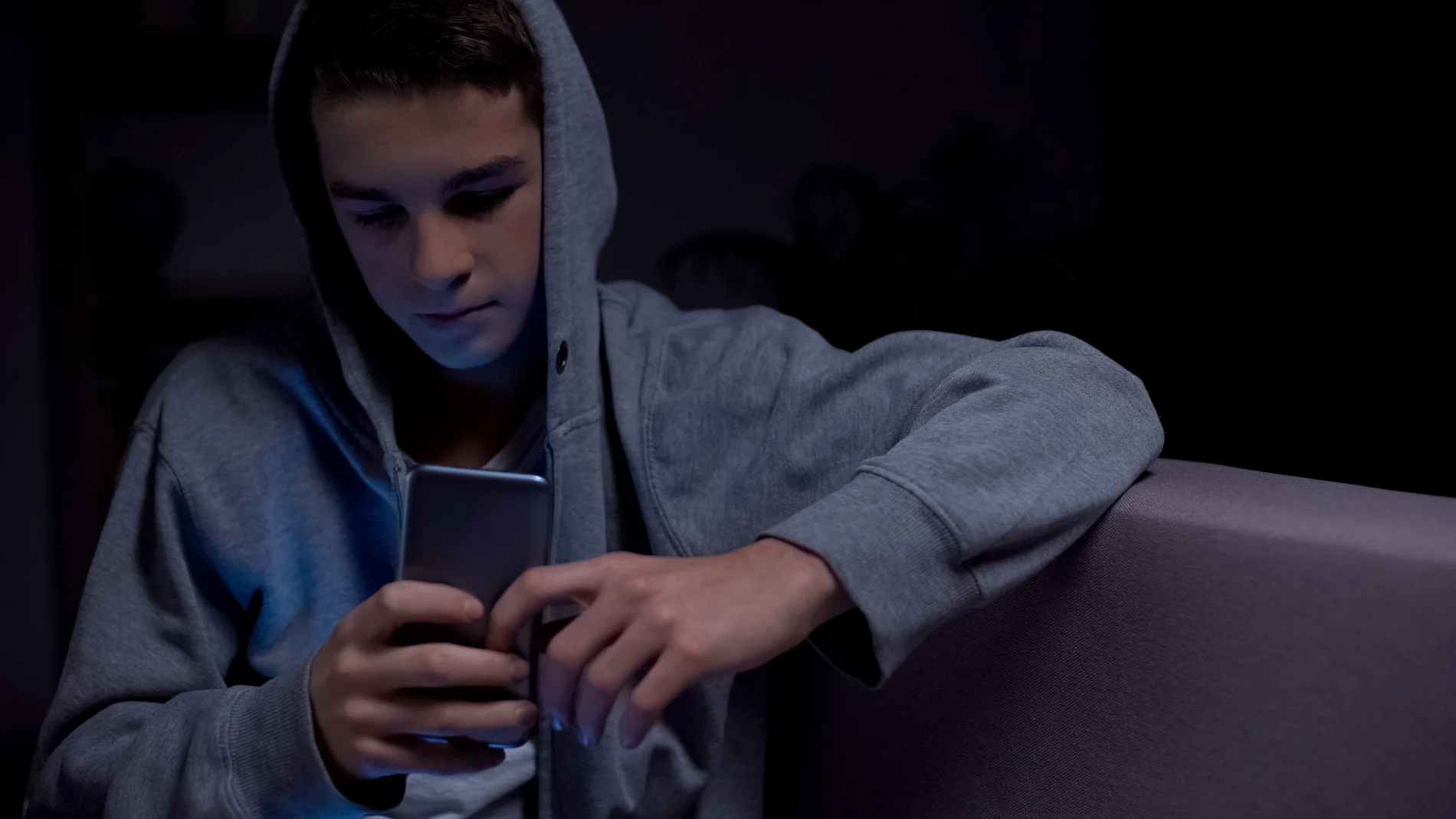When Himanshi Narwal shared her grief with the public after the tragic incident that killed her husband at Pahalgam, she expected sympathy. But the online world offered her character assassination, conspiracy theories and immense trolling. Question: What did she do to deserve such treatment? She only urged people not to target Muslims or Kashmiris as emotions ran high across the country. The abuse spiralled rapidly, leading the National Commission for Women to intervene to rebuke the misogynistic attacks on Himashi and urge the authorities to take immediate action.
This is not new; women across the world have painfully familiar experiences whenever they speak in the aftermath of any tragedy or simply express their grief or opinions publicly. The internet reacts as if she has committed a big offence. The targets change over time from grieving widows to actresses to ordinary women; however, the pattern of abuse remains the same – disturbing and hurtful.
Grief is gendered on the internet
Whenever a woman mourns publicly, she has always been scrutinised online to the extent of cruelty. Grief has always been universal, but somehow on the internet, it becomes gendered and always associated with women. Women are judged harshly not for what they say but for how they are saying it – from their clothing to marital status to tone of speaking – everything becomes a ground for attack. In a study, it was highlighted that women who choose to express their grief online are judged because a certain set of people believe there is a standard for how a ‘good woman’ should mourn.

When Himanshi called for peace, she was genuinely appealing to humanity, but she received accusations. Trollers started digging up her past, spread conspiracy theories about her being part of the terror attack and questioned her ‘loyalty’ and ‘patriotism’ for the country. In Karnataka, Kannada actress Ramya also faced similar trolling earlier this year for supporting the victim and her family in the Renukaswamy murder case, where Kannada actor Darshan is the prime accused. Her statements were simply empathetic and not really accusatory, but still thousands of abusive DMs poured in, from slut-shaming her to sending her rape threats. The abusers, who are die-hard fans of Darshan, were pressuring her to withdraw her words. This kind of treatment of women reveals the double standard of our society, where men’s grief is memorialised but women’s grief becomes fodder for public mockery and abuse.
The pattern of online victim-blaming
Every time a crime becomes a topic of national conversation, social media swiftly finds its familiar villain: the woman involved in the story. For instance, the treatment of Rhea Chakraborty in Sushant Singh Rajput’s case is a quite well-known example of online witch-hunting. Before any legal announcement, the internet and sensational media declared that she was guilty. Rhea, the only woman closely related to the case, endured months of misogynistic trolls, threats and harassment online and offline, while men connected to the case were spared from any scrutiny.
Every time a crime becomes a topic of national conversation, social media swiftly finds its familiar villain: the woman involved in the story.
The pattern of victim-blaming is highly noticeable in cases of violence against women. Many journalists, including Barkha Dutt and Rana Ayyub, have seen their comment sections filled with sexist remarks simply for covering crimes against women or speaking for women. Instead of questioning the patriarchal system violating women’s rights, the trolls redirect their attention to attack female reporters, questioning their integrity and intelligence. The moment there is a woman in the narrative, she becomes the problem. From every field, women are dragged into controversies when they express their views or opinions. When tennis player Sania Mirza shared a message of solidarity after the Pahalgam attack, she was attacked for her nationality and marriage. Similarly, author Taslima Nasrin’s views on public incidents turn into vicious trolling and abuse. This victim-blaming on the internet is not really accidental but a default response to women who choose to voice their opinions around any crime or tragedy.
Beyond public figures, ordinary women also face similar violence online whenever they comment on social issues. They are punished with hostility whenever they (women) try to engage in any civic issues. Women are accused of being ‘too much’ in every aspect, and trolls bring up their personal lives in the battlegrounds, and thus, their safety becomes collateral damage in the online spaces. This reveals that the digital ecosystem denies women their rights to speak, question or mourn. When it comes to grieving publicly or expressing their emotions, society doesn’t come forward to protect but to punish them. Social media, once a safe space, is only amplifying abuse every passing day.
The empathy gap in the online world
Targeting women during vulnerable situations and incidents reveals how there’s a huge gap in empathy in online spaces. These people often hide behind anonymity and fake IDs, projecting prejudices of society that struggle to be unleashed offline. Through the medium of online space, patriarchal attitudes get amplified, rewarding virality and punishing vulnerable folks.
The digital space not only targets women, but also their babies are dragged into this hate, showcasing how there is a significant empathy gap. Sanjana Ganesan, a sports journalist, called the internet a ‘vile place’ after the trolls mocked her son, Angad, and used words like ‘trauma’ and ‘depression’. Sanjana rightly pointed out how people feel entitled to judge a baby and turn their pain into a source of entertainment.
Whereas Devoleena, a TV actor, highlights another layer of digital hostility. Recently, she filed a cybercrime complaint after her 7-month-old son was a target for racist comments about his skin tone. Despite the incident being immensely racist, it is a reflection of a pattern that women are never spared online because, instead of supporting her, several people started trivialising the abuse and asked why she even shared the picture of her son in the first place.
Targeting women during vulnerable situations and incidents reveals how there’s a huge gap in empathy in online spaces. These people often hide behind anonymity and fake IDs, projecting prejudices of society that struggle to be unleashed offline. Through the medium of online space, patriarchal attitudes get amplified, rewarding virality and punishing vulnerable folks.
At a cybersecurity conference, actor Akshay Kumarshared a disturbing incident that involved his daughter, Nitara. He said that his daughter was harassed while playing an online video game. Reportedly, a stranger approached Nitara via the game’s chat window and started demanding her nude photos. Akshay mentioned that the incident truly shocked his entire family and urged parents to stay alert and to educate children about online abuse, emphasising that even a gaming platform can be an unsafe place.
Recently, singer Chinmayi Sripada was harassed to the extent that she had to approach the cybercrime office. It all began when her husband shared in an interview about how he told her it was her choice if she wanted to wear the mangalsutra or not. This personal comment escalated into extremely offensive attacks, including violent comments to her kids. Chinmayi shared she was ‘sick and tired’ of the anonymous abuse online.
These cases might be different in their tones, but they rightly point to a similar reality, i.e., the digital world amplifies patriarchal society’s brutal thoughts. A stronger cybercrime law, along with changing features in the online platforms, is essential. But what is immensely urgent is a cultural amendment and a recognition that grief is not gendered and empathy is human, no matter if it’s online or offline. Until this change happens, women will continue to face a hard time, both in the offline and online world, from strangers who tend to believe that their pain and grief are theirs to analyse.





